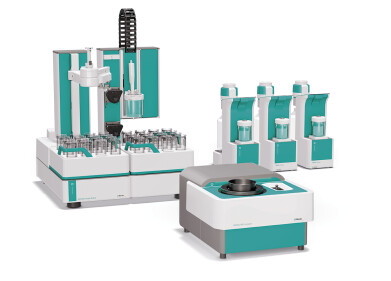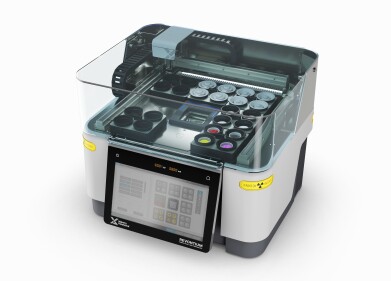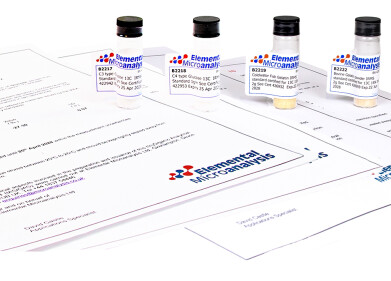Mass Spectrometry & Spectroscopy
What Is Particle Analysis?
Mar 31 2021
Particle analysis or particle characterisation is the practice of isolating and identifying the various particles contained within a substance. These particles are often grouped together based upon their shape, size, surface properties, charge properties, mechanical properties and microstructure.
Most techniques of particle analysis rely on the scattering or obscuration of light, though direct imaging is another method via which particles can be characterised. Particles are found in all kinds of substances, though particle analysis usually focuses on aerosols and sprays (such as asthma inhalers and crop protectors), powders and granules (such as pharmaceutical ingredients and paint pigments) and emulsions and slurries (such as mining materials and vaccines).
What types of techniques are used in particle analysis?
There are a number of different methods of characterising particles which are appropriate for various situations. As our knowledge of the natural world has increased and our scientific capabilities have expanded, new and innovative techniques have been developed, each offering its own advantages over the others. Here are a handful of the most common methods of particle analysis:
- Raman spectroscopy. With the development of sophisticated new tools, scientists can now achieve sharper Raman-based microparticle characterisation, including the ability to separate adjacent particles and achieve even greater speed and versatility in finding and classifying results.
- Laser diffraction. Also known as granulometry, Fraunhofer diffraction and static light scattering, particle measurement by laser diffraction offers simplicity and precision. The most advanced instruments which utilise this technique can provide a measurement range beginning at 10nm and ending at 3800μm, which is unrivalled in the field.
- Liquid chromatography. Liquid chromatography (LC) has been around for many years and offers an accurate and efficient way of breaking down a substance into its constituent parts. Recent advances in the discipline mean that the technique can now reach even faster separations at greater resolutions, as well.
What are the practical applications of particle analysis?
Particle analysis is a field of research that is absolutely crucial to a wide variety of industries. For example, it is vital in determining the viscosity, colour and stability of ink in the printing business. It can help to keep a handle on manufacturing costs and improving the performance of cement in the construction industry. It can help quantify the density and mechanical properties of ceramics used in pottery. And it’s all important to the taste, texture and longevity of foodstuffs, making it indispensable in the food and drink industry. These are just some of the many, many practical applications of particle analysis, demonstrating why it’s such a focused area of research across the globe.
Digital Edition
Lab Asia 31.2 April 2024
April 2024
In This Edition Chromatography Articles - Approaches to troubleshooting an SPE method for the analysis of oligonucleotides (pt i) - High-precision liquid flow processes demand full fluidic c...
View all digital editions
Events
Apr 22 2024 Marrakech, Morroco
Making Pharmaceuticals Exhibition & Conference
Apr 23 2024 Coventry, UK
Apr 23 2024 Kintex, South Korea
Apr 23 2024 Seoul, South Korea
Apr 24 2024 Jakarta, Indonesia




.jpg)













